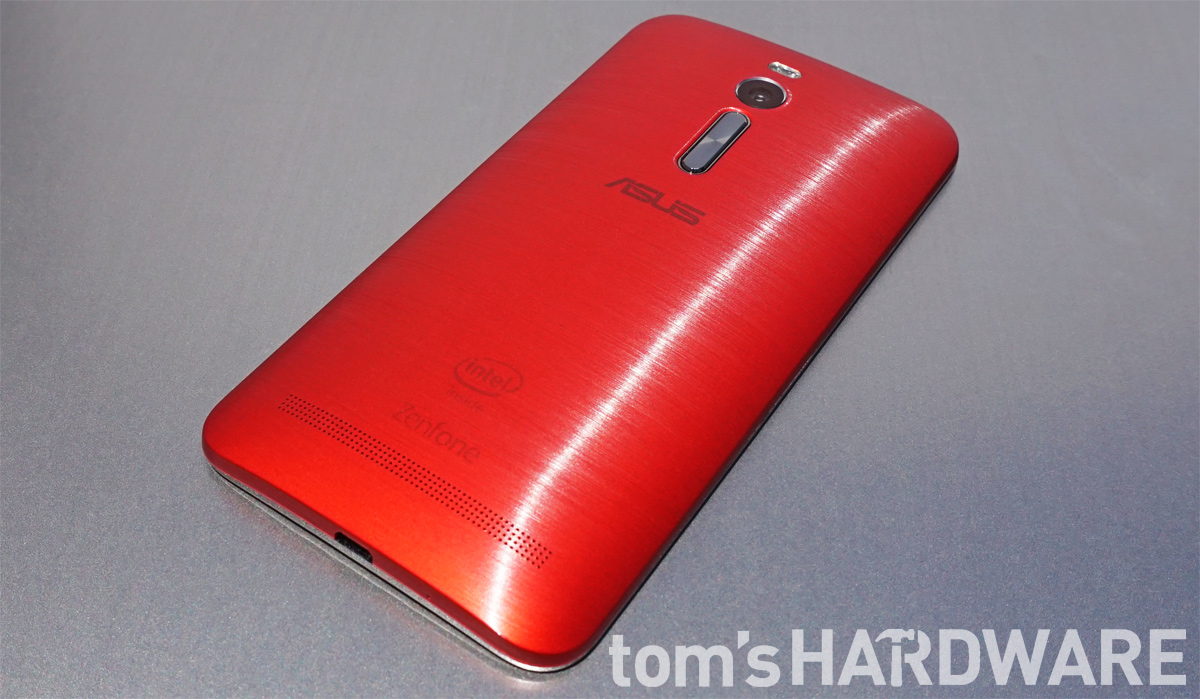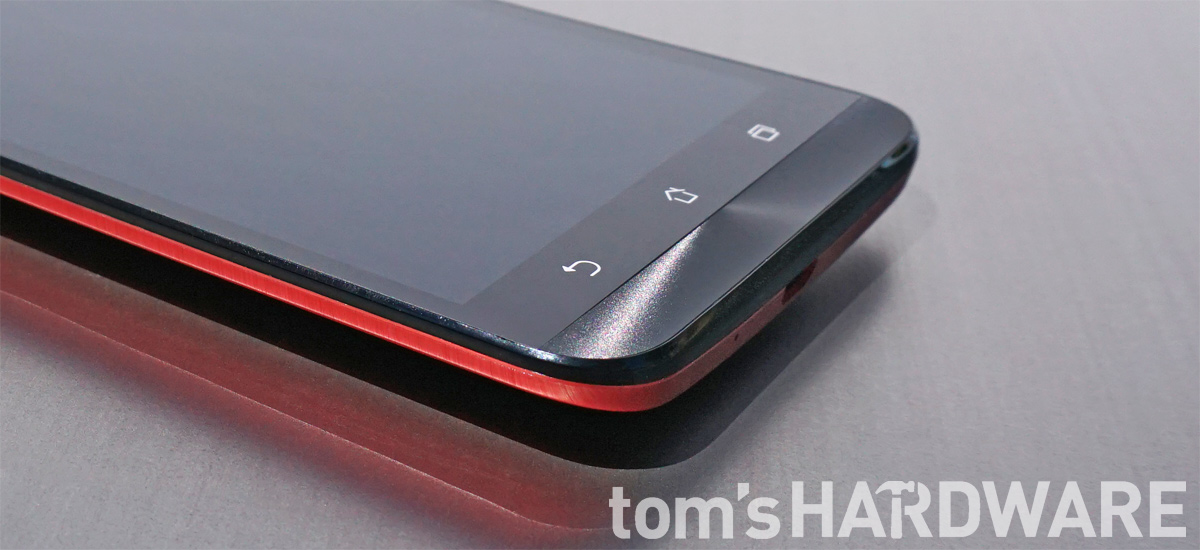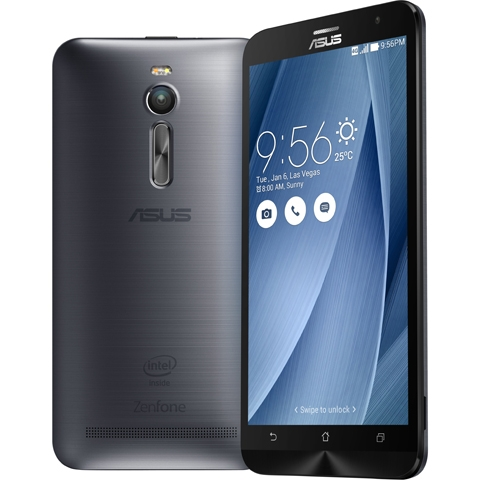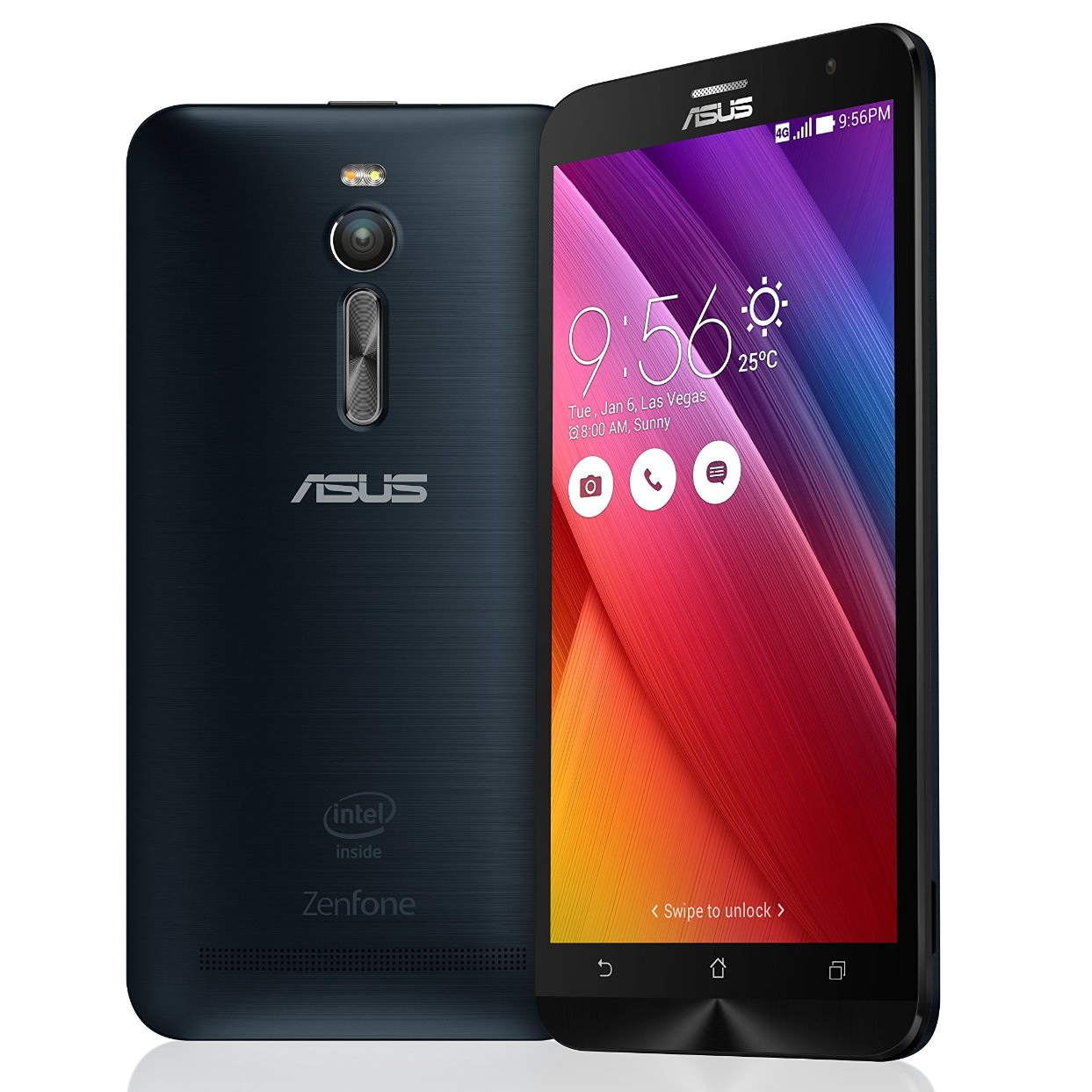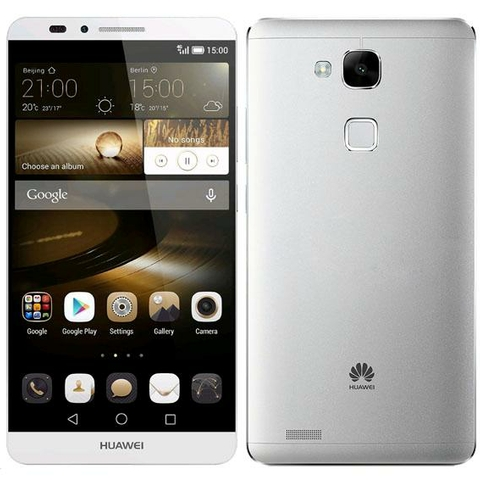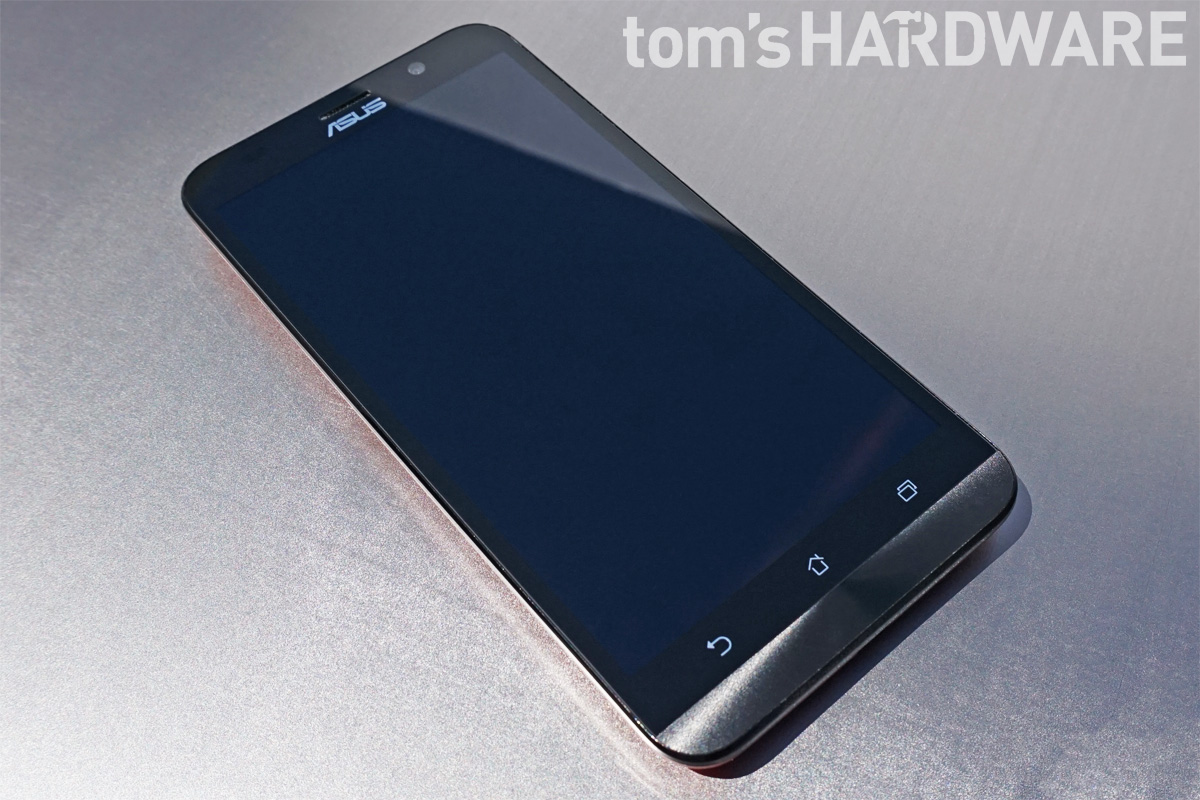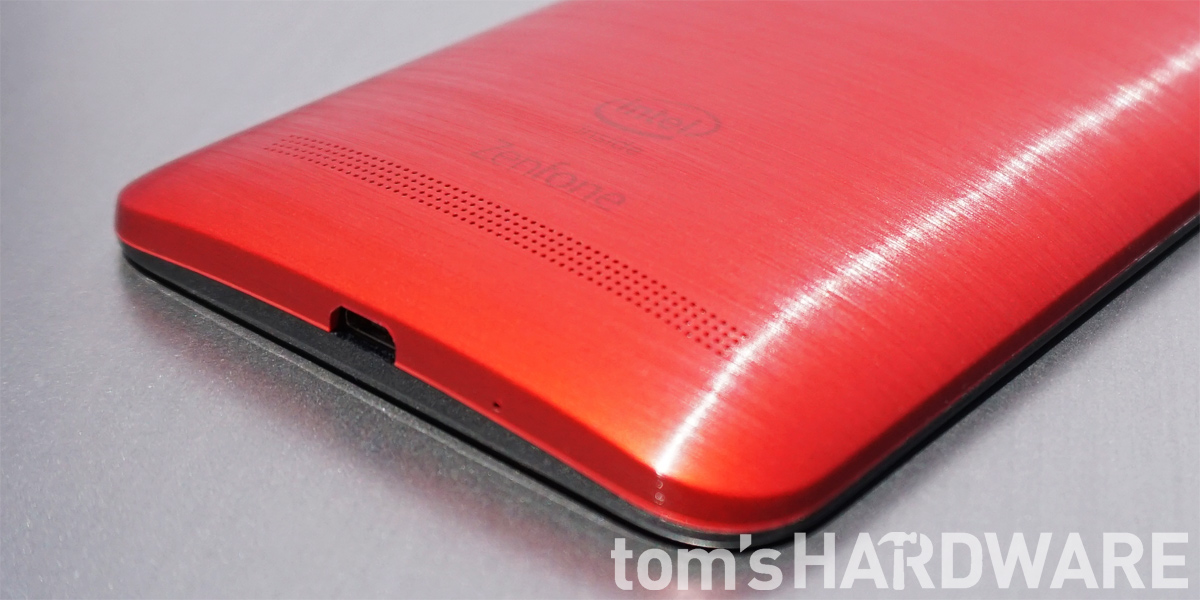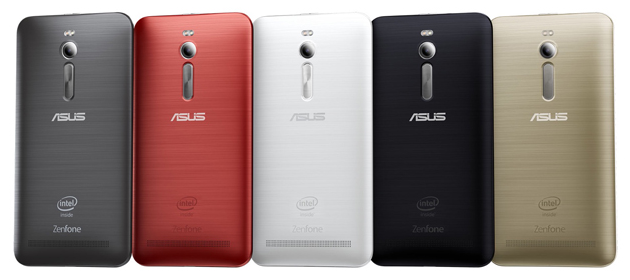Early Verdict
Its camera may be average, but its audio quality and system performance rival those of flagship devices for only a fraction of the cost. The 1080p 5.5-inch IPS display is incredibly sharp and it comes with 4GB of RAM; features you do not usually find at this price. True to its PC heritage, Asus provides power users plenty of options for customizing the OS.
Pros
- +
Price • Performance • Audio quality • ZenUI, microSD support • Dual Active SIM
Cons
- -
Ergonomics • Display brightness
Why you can trust Tom's Hardware
Introduction
Asus has long been a powerhouse in the computer industry. The company produces peripherals and components such as monitors, sound cards, and graphics cards. Asus also makes complete systems, including the Republic of Gamers desktops and laptops, ultrabooks, and all-in-one PCs. Asus even introduced what many saw as the first real contender to the iPad: the Eee Pad Transformer. With a higher screen resolution, full keyboard, and full-size USB ports, the Eee Pad Transformer promised laptop functionality in a tablet convertible form factor. The company then went on to produce one of the most well loved tablets on the market at the time — Google’s Nexus 7.
Despite not being well known as a smartphone manufacturer, Asus has had a long history in the smartphone field. Starting in 2006, the company released various phones and pocket PCs running Microsoft’s Windows Mobile OS. In 2012 the company released the Padfone, its first Android phone. Before phablets became all the rage, Asus came up with a phone and tablet dock combination that allowed the phone to be inserted into the the back of the tablet to provide a larger screen. Asus also released the Fonepad, essentially a 7-inch tablet with a cellular data connection. Then in 2014, the company released the first generation ZenFone with three different models. The ZenFone 4, ZenFone 5, and Zenfone 6, with screen sizes corresponding to the product names, had screen densities below 300 PPI and two variations of a dual-core Intel Atom processor, placing these devices in the mid-range market.
Despite its various offerings, Asus has had difficulty breaking into the US smartphone market. The company managed to get its Padfone X and Padfone X mini picked up by AT&T but neither really became blockbusters. Instead of going the carrier route, Asus has focused on selling its devices at full price online and in electronics stores. This method works well overseas, however, the average US consumer is used to purchasing a phone from a carrier and signing a two year contract to subsidize the cost. But in recent years, carriers have started moving toward device payment plans, where the full price of the device is simply split up over a set period of time and tacked on to the monthly bill. And with a growing number of phones in the $200 to $300 price range, many customers have begun to realize that paying full price for a smartphone may not be such a bad idea if it saves them money in the long run and lets them upgrade faster.
This shift in the market could be advantageous for Asus’ latest smartphone, the ZenFone 2, whose 5.5-inch HD screen, quad-core Atom CPU, and a generous 4GB of RAM—the same amount of RAM found in most Chromebooks—make it a compelling mid-range option.
Technical Specifications
We're used to seeing smartphone CPUs based on the ARMv7 or ARMv8 RISC (reduced instruction set computing) architecture from companies such as Apple, MediaTek, Qualcomm, and Samsung, but the ZenFone 2 is different. It's powered by Intel's x86 CISC (complex instruction set computing) architecture, originally designed for PC applications with relatively large power envelopes. Instead of scaling down a power-hungry PC CPU like Intel, ARM took the opposite approach, optimizing its architecture for low-power applications from the beginning, an approach that has given ARM a near monopoly on smartphone CPUs. However, Intel has continued to improve its Atom CPU to where it should now provide similar performance and stamina to the ARM-based offerings.
There are two versions of the ZenFone 2 for North America, both sporting Intel Atom 64-bit processors. It will be interesting to see how the Atom CPU compares to its ARM-based competition in our performance and battery life tests. Graphics for both versions are provided by the PowerVR G6430 GPU. This is the same unit found in the iPhone 5s, which still offers good performance.
Asus manages to keep the overall size relatively manageable, packing everything into an elegant, curved-back case just slightly bigger than the LG G4 but smaller than the Galaxy Note 4. The weight, at 170 grams, is slightly lighter than the iPhone 6 Plus but heavier than the OnePlus One.
Get Tom's Hardware's best news and in-depth reviews, straight to your inbox.
The ZenFone 2 features a 3000mAh non-removable battery, slightly larger than the iPhone 6 Plus’ battery and the same size as the LG G4. It also comes with Asus BoostMaster technology which provides a 60% charge in 39 minutes according to Asus.
The ZenFone 2’s rear camera uses a 13 MP Toshiba sensor paired with an f/2.0 aperture lens. The Nexus 6, Moto G (3rd gen), and OnePlus 2 all use 13 MP Sony sensors with f/2.0 aperture lenses too, so the ZenFone 2 looks competitive, at least on paper. The front camera is a 5 MP wide-angle affair for higher resolution selfies.
Options
There are two different model numbers for the ZenFone 2, each with several different SKUs. The ZE550ML will be sold in markets outside of the US, while the ZE551ML is the US model we are reviewing. It’s available with 16, 32, or 64GB of internal storage, with an additional 64GB available when using a microSD card. The 16GB SKU comes with a 1.8GHz Atom Z3560 SoC and 2GB RAM, while the 32GB and 64GB versions are equipped with the 2.3GHz Atom Z3580 SoC and 4GB RAM. The 18W BoostMaster adapter, necessary to enable the quick charging feature, only comes with the 2.3GHz versions. Color choices include Glacier Gray, Glamour Red, Ceramic White, Osmium Black, and Sheer Gold.
Being the first smartphone to ship with 4GB of RAM is impressive, but perhaps the ZenFone 2’s most disruptive feature is the price. At $200 for the 16GB version and $300 for the 64GB version, it’s almost a steal. These are prices one would expect to pay for the newest flagship phone on a two year contract. For comparison, a 64GB iPhone 6 Plus costs $849 and a 64GB Galaxy S6 starts at $700. It can be purchased online from several retailers, including Newegg, Groupon, Amazon, and B&H in the US, and Newegg, Canada Computers, Memory Express, and NCIX in Canada.
Cellular
| Model Number | ZE550ML | ZE551ML |
|---|---|---|
| Carriers | ✗ | AT&T, T-Mobile |
| Baseband | Intel X-GOLD 726 | |
| RF Transceiver | Intel SMARTi 4.5 | |
| RF ICs | Skyworks SKY77597 antenna switch | |
| LTE | World: 1/2/3/4/5/7/8/20Taiwan: 1/2/3/4/5/8/28China/India: 1/3 (FDD-LTE)China/India: 38/39/40/41 (TDD-LTE) | US: 1/2/3/4/5/7/8/17/20World: 1/2/3/4/5/7/8/20Taiwan: 1/2/3/4/5/8/9/18/19/28China/India: 1/3 (FDD-LTE)China/India: 38/39/40/41 (TDD-LTE) |
| GSM | World: 850/900/1800/1900 MHz | World: 850/900/1800/1900 MHz |
| CDMA2000 | ✗ | ✗ |
| WCDMA | World: 1/2/5/8 | World: 1/2/5/8China/India: 1/2 (TD-SCDMA) |
There are a total of five different SKUs of the ZenFone 2, four supporting various FDD-LTE frequency bands and one for the Chinese and Indian markets. The US SKU of model ZE551ML supports the AT&T and T-Mobile networks, along with their respective MVNOs.
The ZenFone 2 uses Intel’s XMM 7262 modem, which combines an Intel X-GOLD 726 baseband with an Intel SMARTi 4.5 transceiver. Built on a 28nm process, it features support for GSM/EDGE, UMTS (WCDMA, TD-SCDMA), and LTE (LTE-FDD, LTE-TDD), but lacks support for CDMA2000. Intel’s modem can aggregate up to 40MHz of bandwidth, delivering Category 6 LTE performance (300 Mb/s down and 50 Mb/s up). WCDMA performance tops out at 5.76 Mb/s up and 42 Mb/s down.
The ZenFone 2 comes with a feature rarely found in North American handsets: dual SIM card slots. Slot one supports 2G, 3G, and 4G standards for voice and data while slot two supports 2G voice only. The slots are Dual Active, meaning you can have two different phone numbers active at the same time (slot two utilizes the Skyworks antenna switch for the additional GSM support), useful for using a single phone for both personal and business use or when traveling abroad.
MORE: All Smartphone ContentMORE: All Tablet Content
